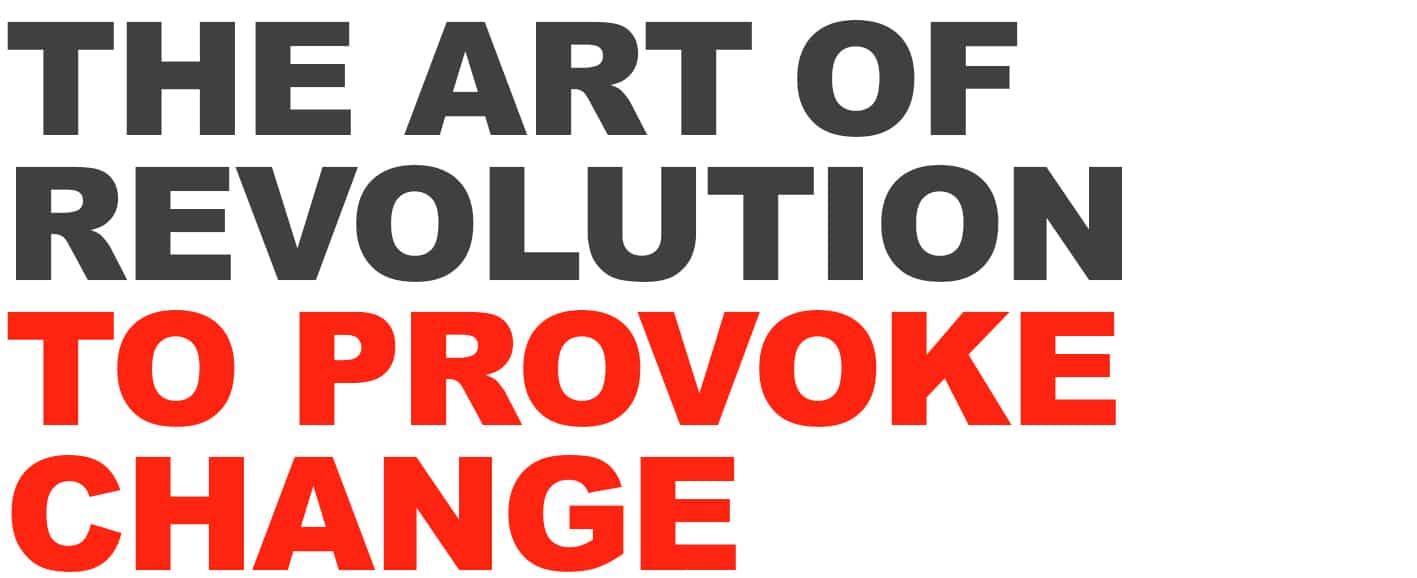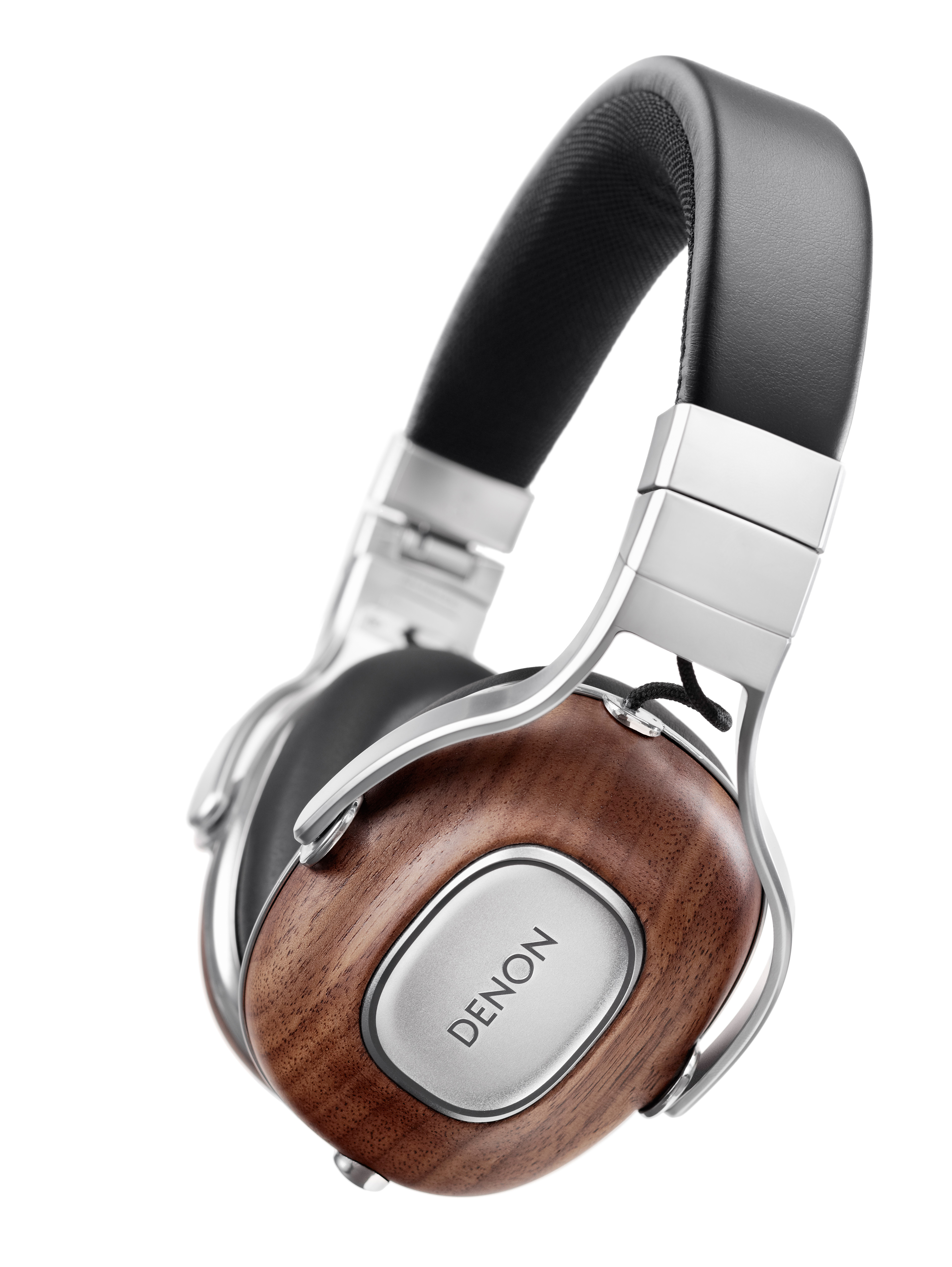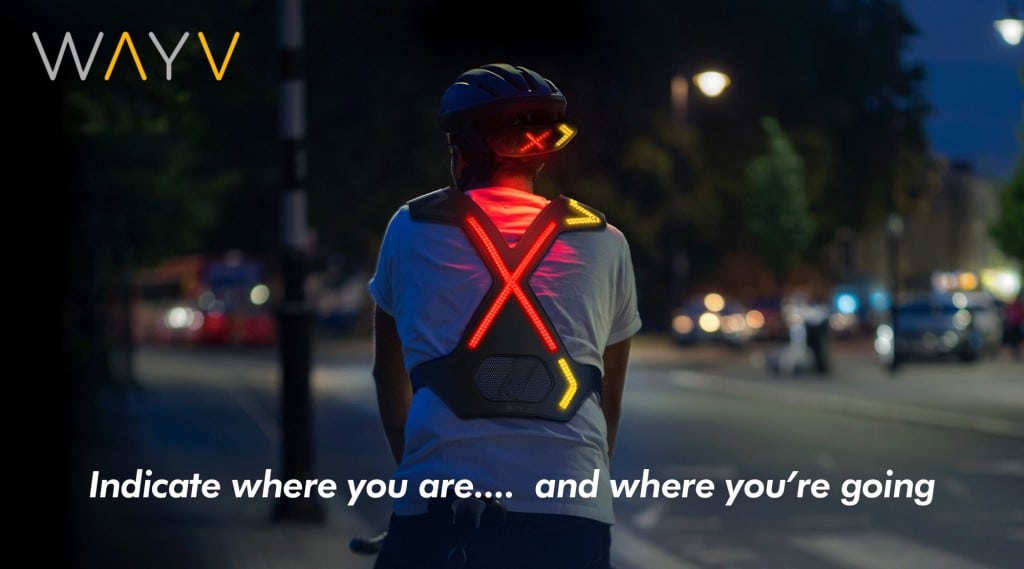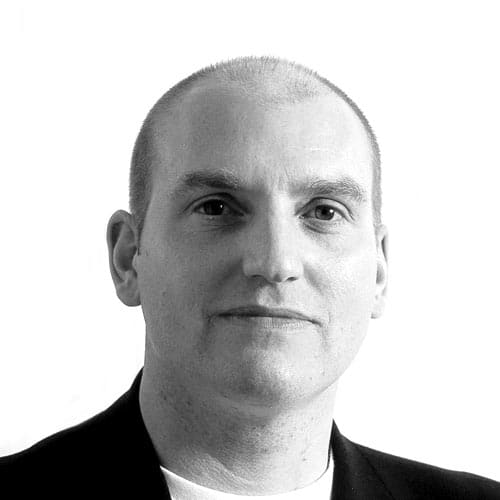This article about Sabotage Design website was written by Decision Magazine for WardWilliams Creative and Creative UK.
Table of contents
A Way of Thinking at Sabotage Design
Working abroad provides invaluable new perspective as well as experience, believes Thomas Keen.
The founder-director of multi-disciplinary product design collective Sabotage Design spent four years in Italy after training at the London College of Furniture and now considers that time to have been his most valuable training.

“Italians are completely different in the way they view designers,” he explains. “They see you as a creative person; they don’t pigeon-hole you as only a product designer. They regard design as a way of thinking, not simply a profession.”
It meant Keen had the chance to do “a bit of everything, anything I could get my hands on”, and he says: “In terms of culture and philosophy, spending time as part of the Milan design community really opened my mind.”
He then moved to Japan to work for a large well-known consumer electronics firm, and it took him a couple of years to get used to their way of thinking. Keen highlights one particular cultural difference. “The Japanese like to build consensus. To us, that’s a bunch of people sitting around a table and reaching a conclusion, but in Japan they don’t simply aim to get a consensus as the conclusion of a decision process – they already start from consensus and always end with it. For example, they might ask you to do research and then do it again a year later as they want to see if the conclusions have changed. They are very attentive to the feelings of the collective, rather than focusing on individuals.

“I can’t over-emphasise how important communication and understanding is to make the process of design work – and we couldn’t have that with the Japanese companies we work with without having lived there and having sampled their unique culture first hand.”
Exploration, Methodology and Creativity
In particular, the experience gave him valuable insight into the product manufacturer’s perspective. Keen, who has also worked in Silicon Valley, feels that the classic design function doesn’t always sit well with corporates as designers can be “precious” about the creative side of what they do, and look at things from “a higher perspective.”
Which is why Keen thinks the distinction between good design agencies is like the difference between the first and last in Formula One racing: small but significant. So, to continue the analogy, how does Sabotage Design achieve pole position? “Exploration, methodology, and creativity are everything,” he replies. “On the wall behind you, you will see lots of pieces of paper, all covered in ideas. If our goal was to reach the summit of a mountain, we would look at every route until we we found the best one, that often doesn’t mean the easiest. The originality of the route, especially if it’s a risky one, is important. We would also assemble all the tools needed; sometimes we would even have to create them if they are not readily available. That’s how it works in design; you are never penalised for striving for uniqueness, innovation, originality and for over-delivering. In fact, in a sense, that’s what you have to do.”
“Our challenge,” he says “is to act as bridges between companies, our clients, and users, with the obligation to look at the bigger picture. The designer has to care about people’s relationships with objects as well as our client’s business objectives, without forgetting the safety, cultural values, and environmental concerns.”

Keen thinks there’s an inherent anxiety involved in the creative process. “It’s like fight or flight: my brain works relentlessly until the answer comes, often after a bad night’s sleep,” he says. “Then, at some point I might talk through the idea with a colleague, maybe at the pub, because that kind of initial testing is part of the process.”
Improving User Experience is Key
He believes that any new technology needs to be about improving the user experience and that we shouldn’t be chasing the application of technology for its own sake. “As designers we ultimately create and sell experiences for people, so we have to keep an open mind and evaluate if any given technology is relevant to what the client needs but also to people’s needs,” he says. “Technology is transforming our lives and there’s no end to that. Virtual reality and augmented reality will soon affect the way we work dramatically, and in the same way, AI will certainly make a real appearance at some point.
“Designers will keep playing an important role, as that link between technology and the world of human beings, to make sure we don’t go too far and create a world of alienated beings.”
Keen doesn’t believe the motivation to run a creative business is about focusing on growth per se. “Of course money is important,” he stresses. “Profitability means we can pay the bills and of course we want to keep our designers happy, but in a way a design consultancy is a bit of a lifestyle. We are driven by our passion and enjoy what we do. When I look at my profession from that viewpoint I can say I agree with Winston Churchill when he said ‘if you find a job you love, you’ll never work again’.”



